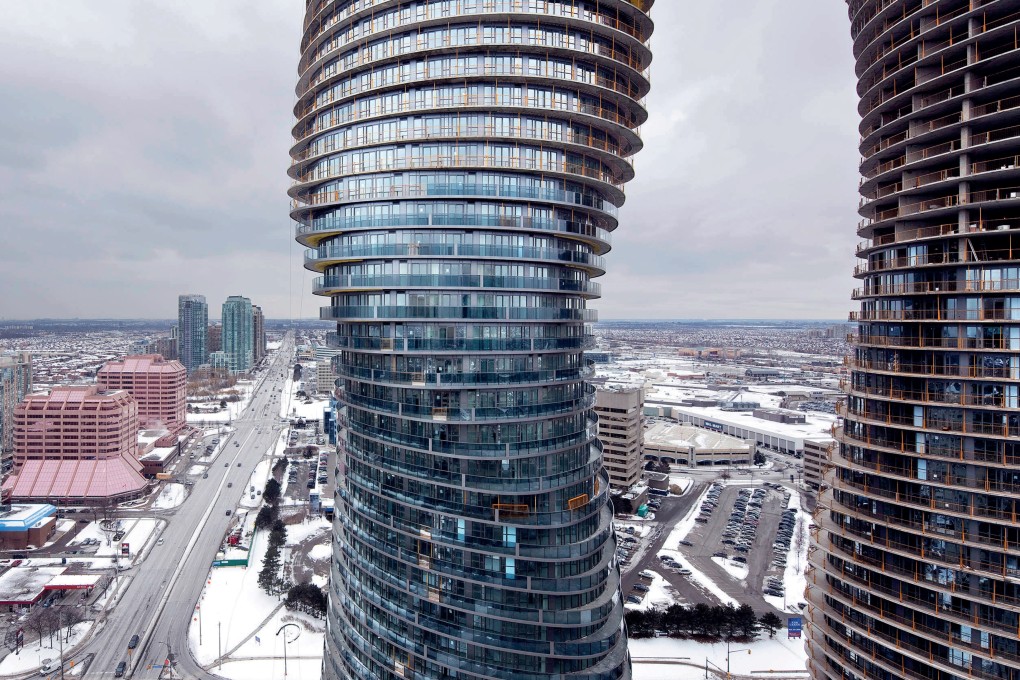How star Chinese architect behind Canada’s Absolute Towers thinks – Hong Kong exhibition goes behind the scenes of Ma Yansong’s MAD Architects projects
- Ma Yansong is arguably China’s most globally prominent architect, with his studio, MAD Architects, behind many eye-catching projects around the world
- An exhibition at the Hong Kong Design Institute Gallery is an overview of Ma’s near-entire career, offering insight into several of those projects

Beijing-based MAD Architects is celebrating its 20th anniversary this year. For founder Ma Yansong, it’s an opportunity to look back and forward at the same time.
“Many projects are going to be completed next year, in 2025,” he says. “Many of them are also public buildings. That’s rare, for me at least, to have so many projects being completed at the same time.
“I felt I needed an exhibition as a platform to have a dialogue with the public, to let them know what is the thinking behind all these projects.”
That exhibition – “Ma Yansong: Landscapes in Motion”, on display at the Hong Kong Design Institute Gallery (HKDI) until April 7 – is an overview of Ma’s near-entire career.

He began his own practice just two years after finishing architectural studies at Yale University, with the intervening period involving stints working for pre-eminent architects Peter Eisenman and Zaha Hadid.
In two decades his studio has become known for buildings that appear to rise and fall like mountains, flow like water, and otherwise evoke the earth’s natural elements.